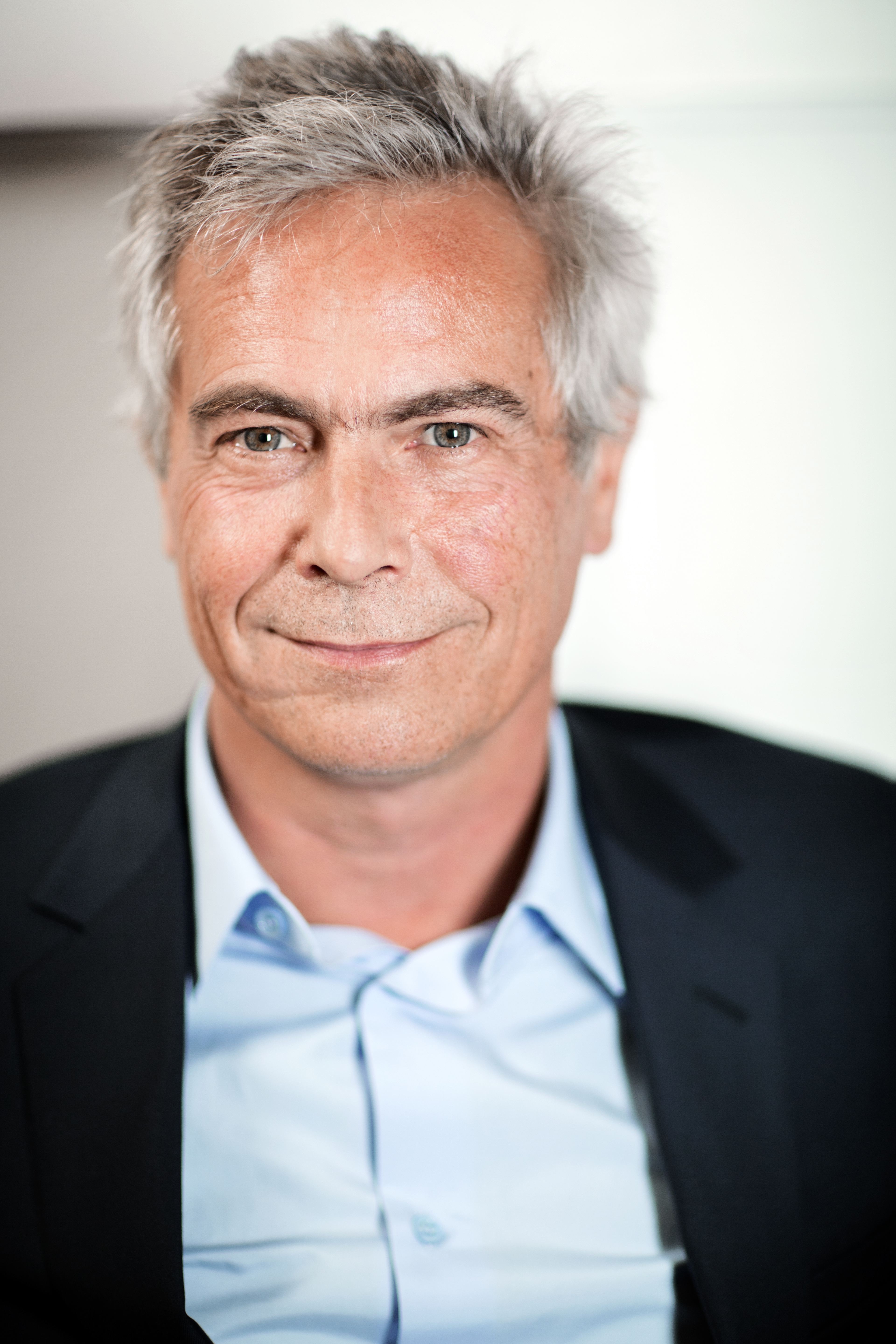


In the human body, each tissue has its own extracellular matrix composition and stiffness and its unique tri-dimensional cell arrangement which makes growing ex-vivo tissues a challenge. Here we show that long term culture (month) within the core of a few hundred microns diameter, porous and scaffold-free, capsules under physiological conditions provides a solution. As one example we show how primary human hepatocytes reorganize inside hydrogel capsules and create a tri-dimensional spheroid by self-assembling over the first week post-encapsulation. Establishment of cell-cell interactions and extracellular matrix deposition lead to formation of micro-tissues that mimic physiological in vivo phenotypes. One attribute are bile canaliculi, an interconnected network playing the role of elimination of bile secreted by hepatocytes, which is perfectly established in our system contrary to 2D cultures. This morphological conformity to liver architecture is also reflected in the high liver-specific metabolic functions detected in our micro-tissues such as high cell viability (up to 45 days) and preservation, as well as a high and stable level of gene expression and enzymatic activity of major liver-specific metabolizing enzymes. We will finally discuss the various potential applications and uses of such technology.



In the human body, each tissue has its own extracellular matrix composition and stiffness and its unique tri-dimensional cell arrangement which makes growing ex-vivo tissues a challenge. Here we show that long term culture (month) within the core of a few hundred microns diameter, porous and scaffold-free, capsules under physiological conditions provides a solution. As one example we show how primary human hepatocytes reorganize inside hydrogel capsules and create a tri-dimensional spheroid by self-assembling over the first week post-encapsulation. Establishment of cell-cell interactions and extracellular matrix deposition lead to formation of micro-tissues that mimic physiological in vivo phenotypes. One attribute are bile canaliculi, an interconnected network playing the role of elimination of bile secreted by hepatocytes, which is perfectly established in our system contrary to 2D cultures. This morphological conformity to liver architecture is also reflected in the high liver-specific metabolic functions detected in our micro-tissues such as high cell viability (up to 45 days) and preservation, as well as a high and stable level of gene expression and enzymatic activity of major liver-specific metabolizing enzymes. We will finally discuss the various potential applications and uses of such technology.